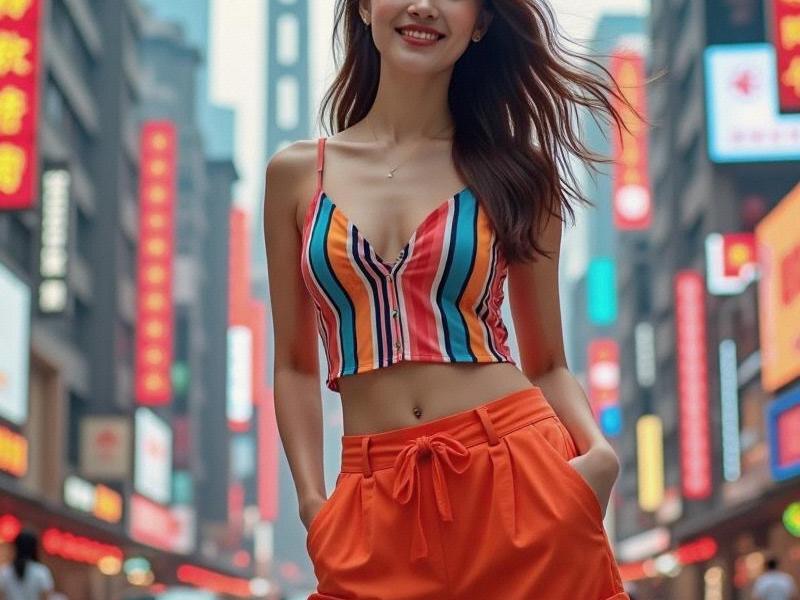An in-depth exploration of how Shanghai women are redefining Chinese beauty standards while balancing traditional values and modern cosmopolitan influences

Shanghai Style: The Evolution of Beauty Standards in China's Fashion Capital
Introduction: The Shanghai Aesthetic
Shanghai has long been regarded as China's fashion capital, with local women developing a distinctive style that blends Eastern elegance with Western modernity. This article examines how Shanghai's unique urban culture has shaped contemporary beauty ideals and created new opportunities in the fashion and beauty industries.
1. Historical Context of Shanghai Beauty
1.1 The Golden Era (1920s-1940s)
- Influence of Shanghai's concession era
- The "Modern Girl" (摩登女郎) phenomenon
- Early adoption of Western hairstyles and makeup
1.2 Mao Era Uniformity (1950s-1970s)
- Suppression of fashion expression
- Practical beauty standards
- Limited cosmetic availability
1.3 Reform and Opening Up (1980s-present)
- Return of fashion consciousness
- International brand penetration
- Plastic surgery boom
2. Contemporary Shanghai Beauty Standards
上海私人外卖工作室联系方式 2.1 Physical Ideals
- The "Shanghai Face": delicate features with pale skin
- Slim yet curvaceous "bamboo" body type
- Natural-looking double eyelid preference
2.2 Style Characteristics
- "Dress to impress" workwear culture
- Mix of high-end and fast fashion
- Bold accessories with subtle makeup
3. The Beauty Industry Ecosystem
3.1 Cosmetics Market
- ¥58 billion annual spending in Shanghai
- Domestic brands gaining prestige
- "K-beauty" influence in skincare routines
3.2 Medical Aesthetics
- Non-invasive procedures growing 25% annually
- Popular treatments: fillers, skin whitening
- Strict government regulations on advertising
4. Fashion and Lifestyle Influences
上海品茶论坛 4.1 Local Style Icons
- Actress Tang Wei's elegant minimalism
- Singer/actress Huang Shengchi's bold looks
- Influencer Gogoboi's fashion commentary
4.2 Neighborhood Style Hubs
- Xintiandi's luxury boutiques
- Changle Road's independent designers
- Tianzifang's bohemian influences
5. Economic and Social Dimensions
5.1 Beauty Spending Patterns
- Average monthly beauty budget: ¥1,500-3,000
- Growing male grooming market
- Premiumization trend in cosmetics
5.2 Professional Advantages
- Appearance expectations in workplace
- "Look good, feel good" productivity mindset
- Networking through beauty communities
6. Cultural Contradictions and Challenges
上海品茶网 6.1 Feminist Perspectives
- Debates over beauty standards
- Body positivity movements
- Career vs. appearance pressures
6.2 Generational Differences
- Younger women's experimental styles
- Middle-aged preference for classic looks
- Teen beauty subcultures
7. Future Trends and Projections
7.1 Market Developments
- AI-powered beauty customization
- Sustainable beauty products
- Traditional Chinese medicine influences
7.2 Social Shifts
- Diversity in beauty representation
- Aging population's beauty needs
- Digital avatar beauty standards
Conclusion: Shanghai as Beauty Trendsetter
Shanghai women continue to redefine Chinese beauty standards through their unique blend of cosmopolitan influences and local traditions. As the city solidifies its position as Asia's fashion capital, its beauty culture will likely continue influencing national trends while developing increasingly globalized yet distinctive characteristics. The Shanghai aesthetic represents not just physical appearance, but an entire lifestyle philosophy that balances modernity with cultural heritage.